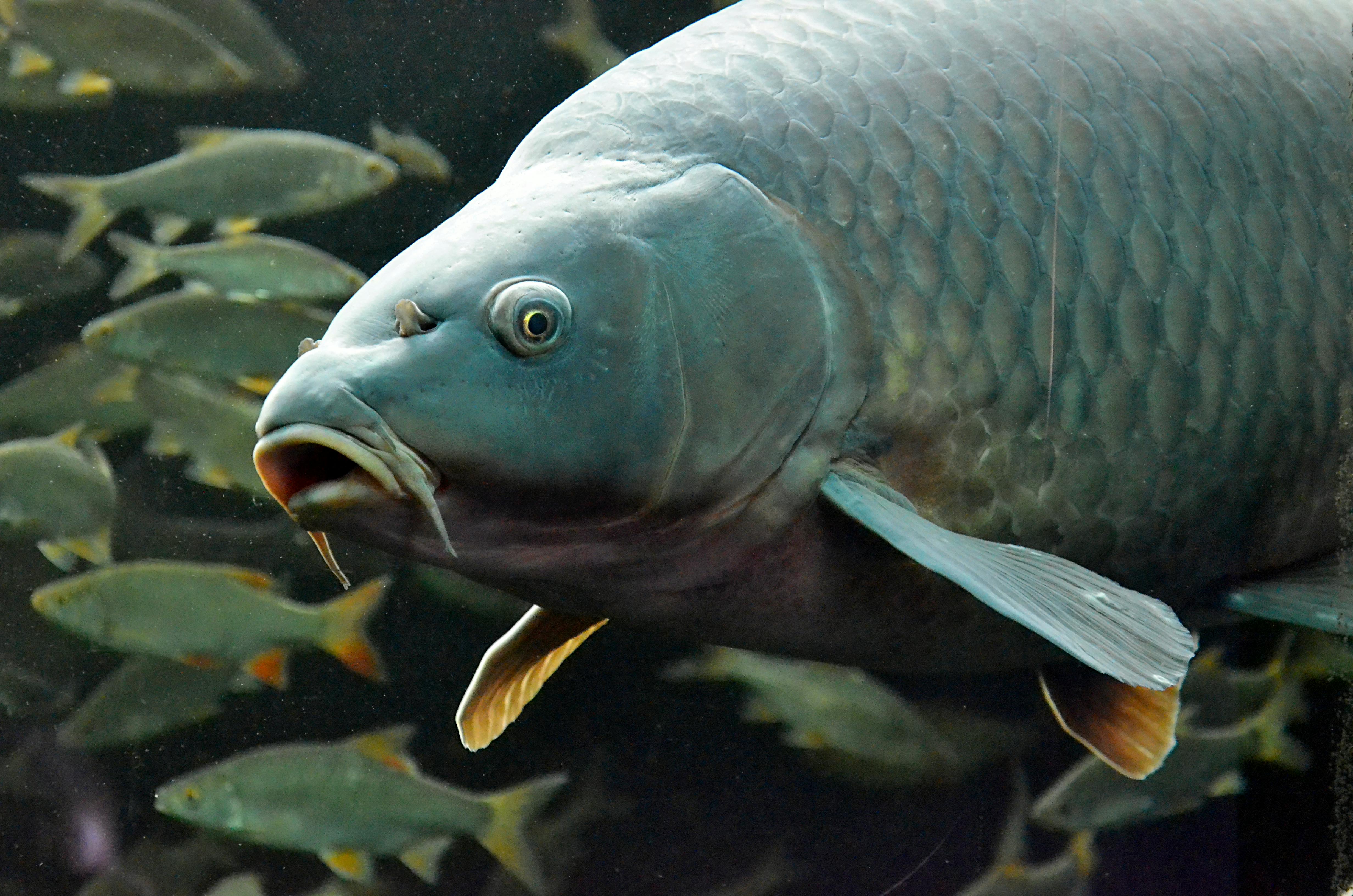
Best 5 Red Betta Fish Options for a Vibrant Aquarium in 2025
When looking to create a vibrant aquarium, red betta fish are a top choice for many fish enthusiasts. Their stunning colors and unique characteristics can transform any space. In this article, we will explore the best five options of red betta fish that not only embody beauty but also have interesting traits, along with comprehensive betta fish care tips to ensure their healthy habitat.
Understanding Red Betta Fish Varieties
The distinctiveness of red betta fish is showcased through various types in the betta fish species. Each possesses eye-catching appearances and diverging personalities. Some of the most appealing varieties include the crowntail, halfmoon, and delta tail bettas. Each type boasts unique fin structures alongside vibrant red colors, making them visually striking. Determining the best option for your aquarium may depend on both aesthetics and compatibility with other fish in your tank. Make sure your aquarium environment can accommodate your chosen betta's needs, such as betta fish tank size and water conditions, to promote their well-being.
Crowntail Betta Fish
The crowntail betta is known for its unique fin patterns that resemble a crown, which are particularly stunning when adorned in rich shades of red. Crowntails thrive in various environments, but it's crucial to provide optimal betta fish temperature between 76°F and 82°F for their growth and happiness. The tank should be at least 5 gallons to promote ideal swimming space and reduce stress levels. When considering tank mates, these fish can display aggressive behavior; hence, care should be taken when introducing them to community setups.
Halfmoon Betta Fish
The halfmoon betta is one of the most popular and striking varieties due to its aesthetically pleasing, rounded caudal fin. These bettas display vivid red coloration and are known for their playful personalities. Proper betta fish care involves regular water changes and filtration to ensure optimal betta fish water quality. Implementing hiding spots using aquatic plants or decorations can also help create a suitable environment that can mitigate any aggressive tendencies, making them better suited for community tanks.
Delta Tail Betta Fish
The delta tail betta possesses a wide tail that gently rounds off, presenting an elegant appearance when flared. Like other red bettas, they thrive in a warmer betta fish habitat and a smaller community tank. It's essential to monitor their betta fish behavior as they may show occasional signs of aggression. Since delta tails are renowned for their engaging personalities, they can often be observed exploring their environment, adding vibrancy to your aquarium landscape.
Essential Betta Fish Care Practices
Caring for red betta fish goes beyond just aesthetics; it involves understanding their specific needs to ensure a healthy lifestyle. Regular maintenance, appropriate feeding, and attentive monitoring of their well-being are essential. Adopting best practices for betta fish tank maintenance and nutrition can significantly enhance the longevity of these vibrant aquatic companions.
Feeding and Nutrition
Feeding your betta fish a balanced diet is paramount for their health and growth. A high-quality foray into the realm of best betta fish food includes pellets, frozen or live food to meet their dietary requirements. Ensure you acquire food rich in protein to promote healthy fish growth and behavior. Feeding schedules play a significant role as well; aim for small portions 2-3 times daily to prevent overfeeding while fostering happiness in their aquatic habitat.
Water Parameters and Quality Control
Maintaining proper betta fish water parameters is crucial for your red betta's well-being. Ensure the water is clean, healthy, and fulfilling their requirements while minimizing potential health issues like fin rot and diseases. Regularly test pH levels, targeting 6.5 to 7.5, which supports healthy gill function. A proper betta fish filtration system combined with regular water changes will help ensure your betta fish remains in optimal condition in their aquarium environment.
Tank Size and Setup Recommendations
The minimum tank size for a healthy betta fish is 5 gallons, emphasizing importance for social interaction and adequate swimming space if you opt for community tanks. Setting up your betta tank requires consideration of décor and plants. Adding flora can enrich their experience, providing hiding spaces and enhancing the overall aesthetic. Choose plants like java fern or anubias, alongside gravel or sandy substrates, to create a stimulating and beautiful habitat fitting for your striking red betta fish.
Betta Fish Health: Common Issues and Preventative Measures
Understanding potential health risks is a vital aspect of betta fish care. Regular monitoring and proactive measures can help combat common betta fish health issues such as diseases, stress, and aggression. Knowing how to assess vital signs and behavior can lead to early detection of possible problems in your vibrant aquatic friend.
Common Diseases and Treatments
Betta fish can be prone to a range of diseases, including ich and fin rot. These ailments can emerge due to suboptimal water quality or tank conditions. Monitoring your fish for changes in behavior or appearance is essential for early diagnosis. Treating ich may involve raising water temperatures and adding aquarium salt. Meanwhile, fin rot can be treated through prescribed medication. Knowledge of betta fish diseases will empower you to act swiftly if issues arise, preserving the health of your aquarium environment.
Behavior Analysis and Aggression Control
Understanding betta fish behavior is fundamental in preventing aggression, significant in social settings. Betta fish newly introduced to their environment may exhibit signs of stress, defending their territory and engaging in conflict when faced with tank mates. To minimize aggression, opt for community tank setups that prioritize peaceful fish species as tank mates, and arrange your tank to include plenty of hiding spots, enhancing the fish’s comfort and security.
Signs of Stress in Betta Fish
Identifying signs of stress in your betta fish is crucial for maintaining their well-being. Common indicators correlate with changes in coloration or loss of appetite. Behaviors such as excessive hiding or lethargy may also suggest unease. Creating a stable, enriching environment where your bettas feel secure is key. Resort to proper betta fish accessories to supplement their physical and psychological needs, fostering a happier, healthier red betta.
Key Takeaways
- Understanding different types of red betta fish can enhance your aquarium's aesthetics.
- Proper feeding, nutrition, and water quality are crucial for a betta's health and happiness.
- Regular monitoring of health and behavior aids in detecting issues early on.
- Creating a betta-friendly environment ensures they thrive and display their vibrant nature.
- Being mindful of betta fish compatibility with other species will mitigate aggression and promote harmony.
FAQ
1. What is the average lifespan of a betta fish?
The typical lifespan of a betta fish is about 3 to 5 years, depending on their care and living conditions. Providing a clean environment and a balanced diet is essential for maximizing their lifespan.
2. Can betta fish be kept with other fish?
Yes, betta fish can coexist with other species, but it is vital to choose compatible tank mates. Generally, peaceful fish that are not fin nippers work well, ensuring a harmonious community aquarium environment.
3. How can I tell if my betta fish is male or female?
Males usually display vibrantly colored bodies and longer fins, while females tend to be smaller and less colorful. Additionally, females may develop a breeding stripe, further aiding identification between male vs female betta fish.
4. What is the ideal temperature for betta fish?
The ideal temperature range for betta fish is between 76°F and 82°F. Maintaining this temperature ensures their metabolism functions properly, promoting overall health and activity levels.
5. What are some common betta fish diseases?
Common diseases affecting bettas include ich, fin rot, and velvet disease. Monitoring for behaviors such as excessive rubbing against objects or faded colors can help in early detection and effective treatment.


For further information on betta fish care and an overview of different betta varieties, make sure to check these resources and keep your aquarium vibrant!